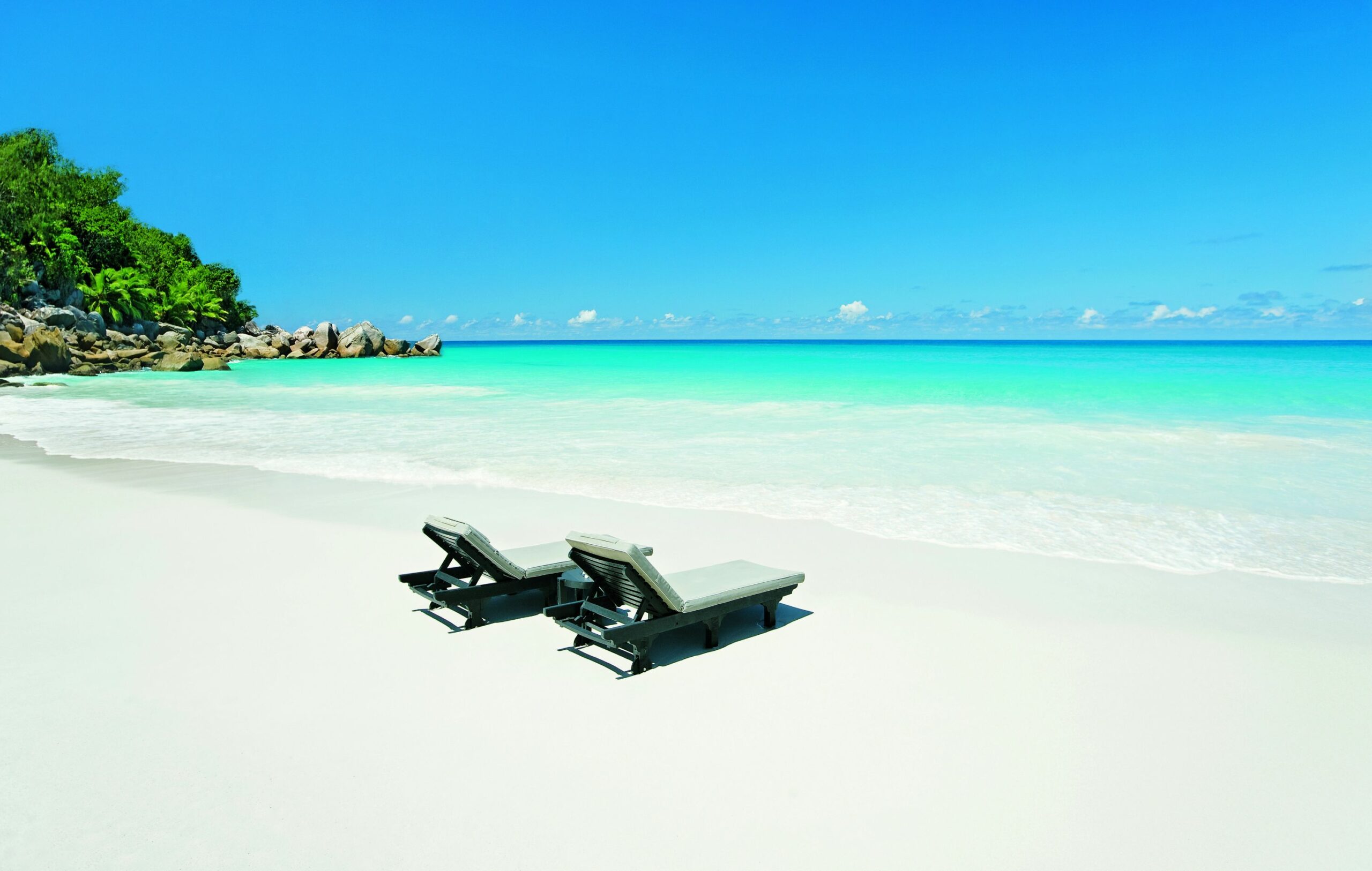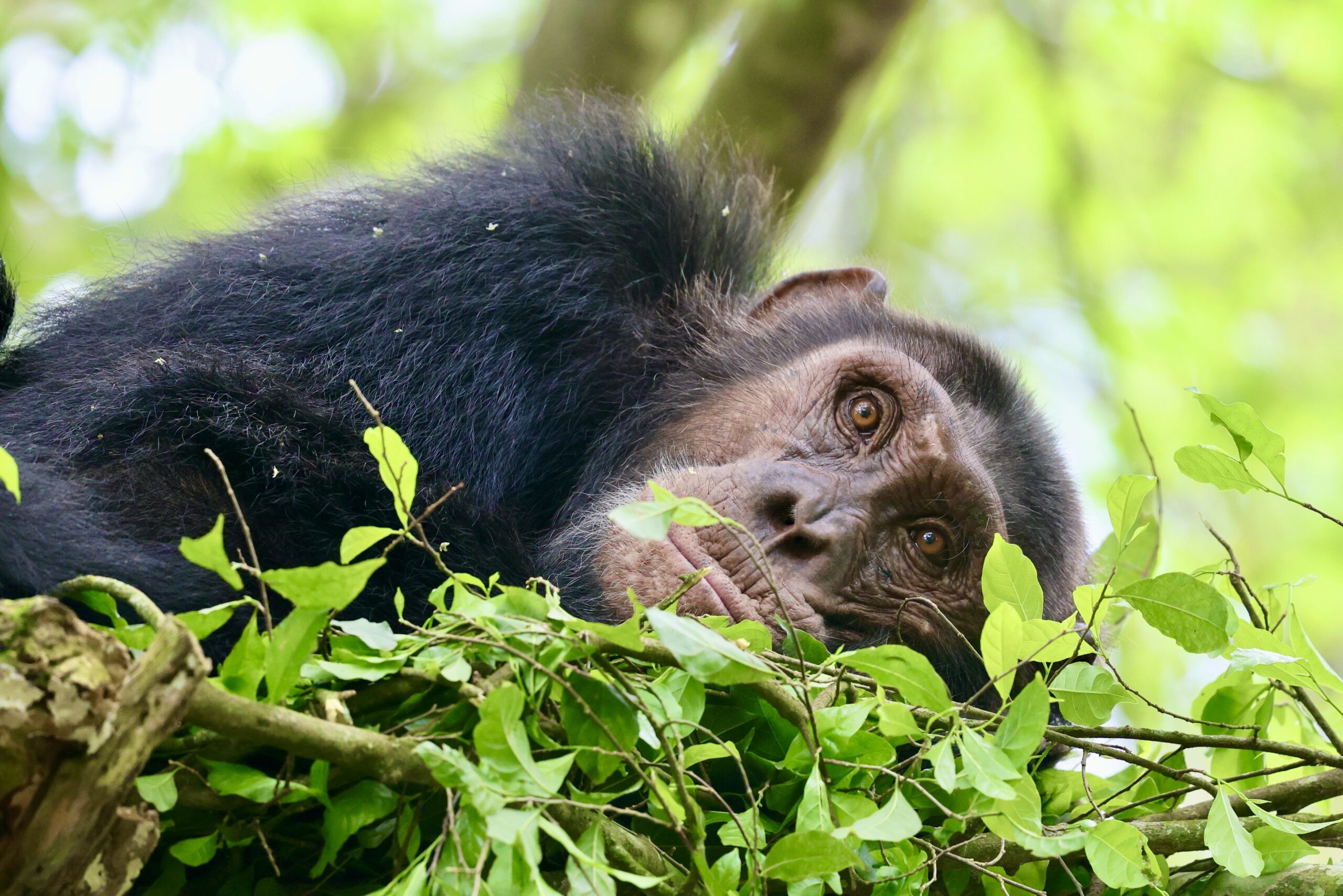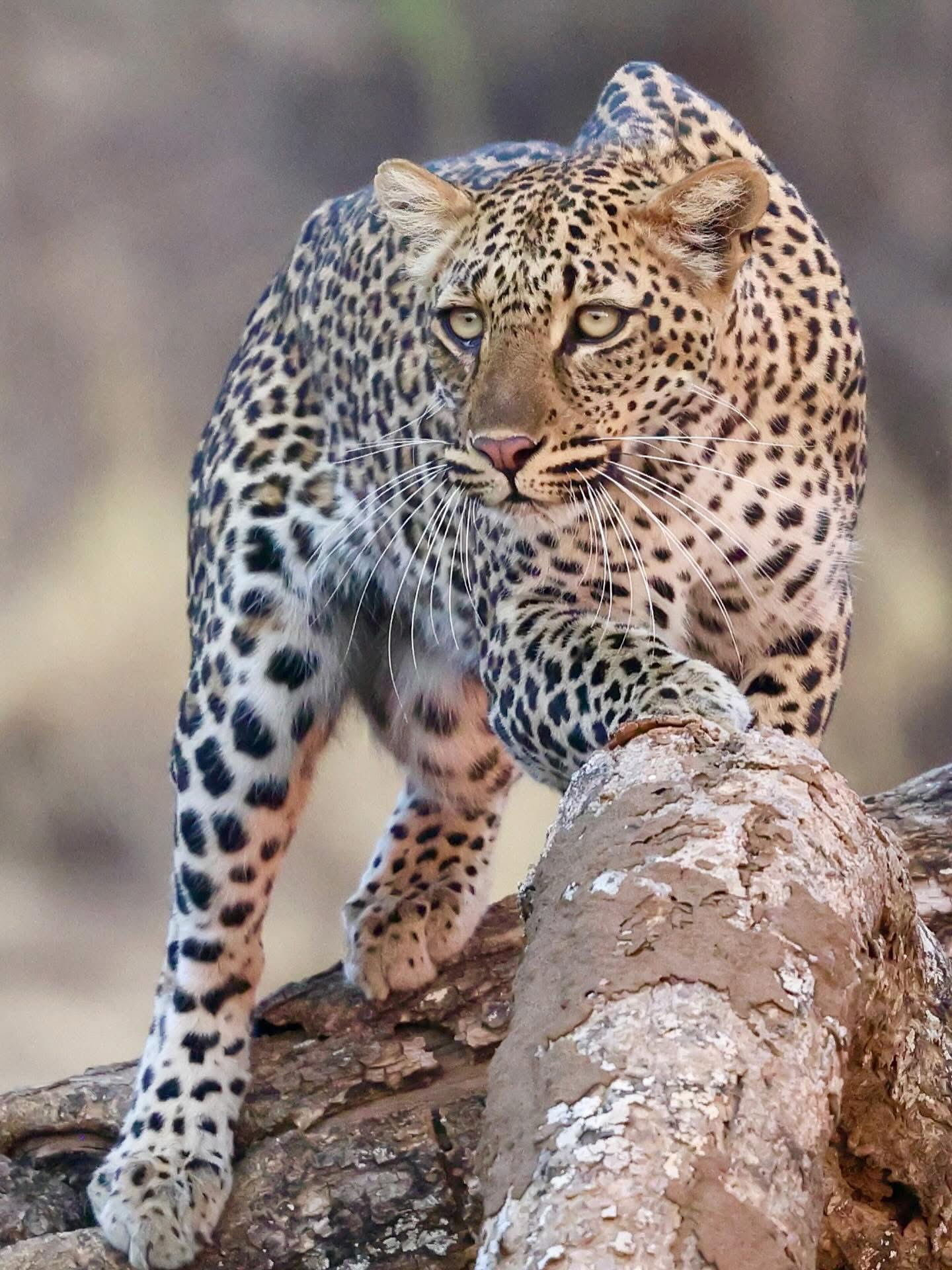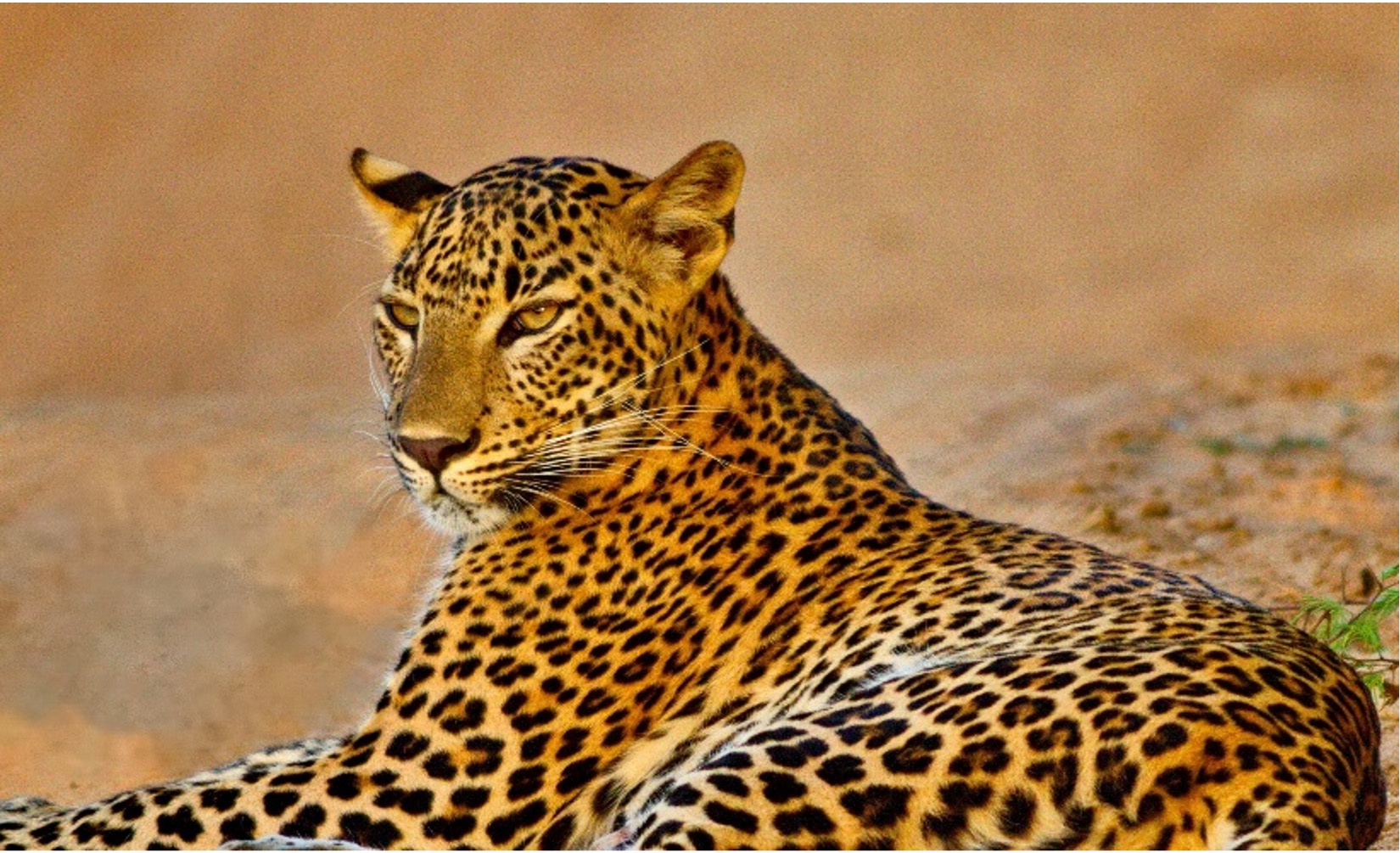Seychelles
Flight Time
13 Hours (via Dubai)
Time Zone
UTC+4
Best Airlines
Etihad Airways, Emirates
Fly From
London, Birmingham, Manchester, Glasgow, Newcastle, Edinburgh
On The Map
Seychelles Weather
| Jan | Feb | Mar | Apr | May | Jun | Jul | Aug | Sep | Oct | Nov | Dec | |
|---|---|---|---|---|---|---|---|---|---|---|---|---|
| When to go |  |
 |
 |
 |
 |
 |
 |
 |
 |
 |
 |
 |
| Temp °C | 32 | 31 | 32 | 30 | 28 | 25 | 25 | 28 | 32 | 35 | 33 | 32 |
| Rain mm | 109 | 102 | 61 | 26 | 5 | 1 | 0 | 0 | 4 | 19 | 47 | 84 |
Call us on 01984 667420
Tracks Safaris- We get you closer to Africa
SEYCHELLES
Welcome to the Seychelles – an archipelago of timeless beauty, tranquillity and harmony that is famous for its fabulous beaches, its diverse culture and fascinating history. A country of 115 granite and coral islands which extend from between 4 and 10 degrees south of the equator and lie between 480km and 1,600km from the east coast of Africa in the western Indian Ocean.
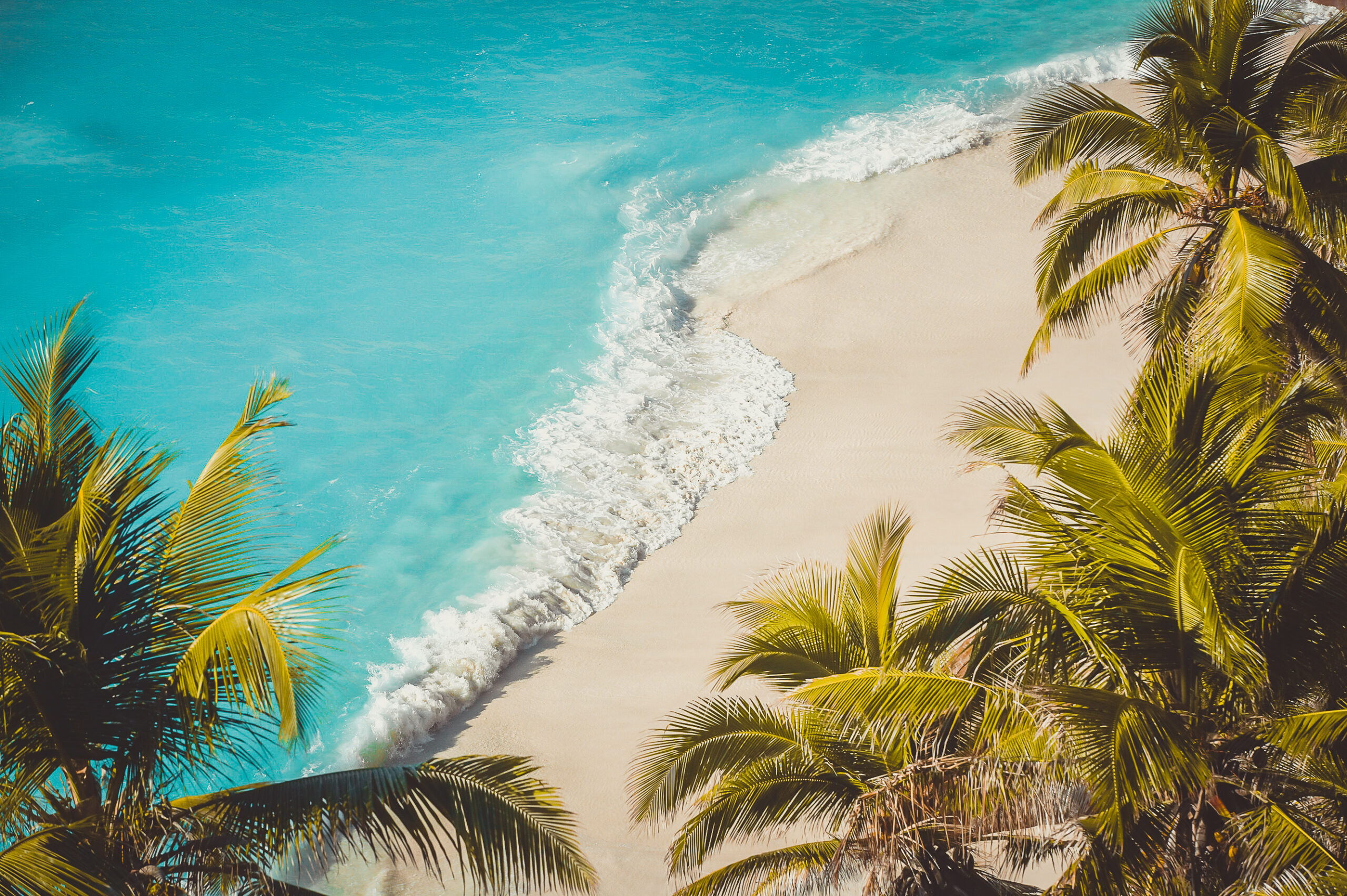
The Seychelles’ 115 islands fall under two distinct groups – the 41 tall granite, Inner Islands cluster mainly within the relatively shallow Seychelles’ plateau and are the oldest mid-oceanic granite islands on earth, while the 74 low-lying coralline cays, atolls and reef islands of the Outer Islands lie mainly beyond the plateau.
These Outer Islands are divided into five groups: the Amirantes group lying 230km distant from Mahé, the Southern Coral Group, Alphonse Group, Farquhar Group and finally the Aldabra Group, some 1150km from Mahé.
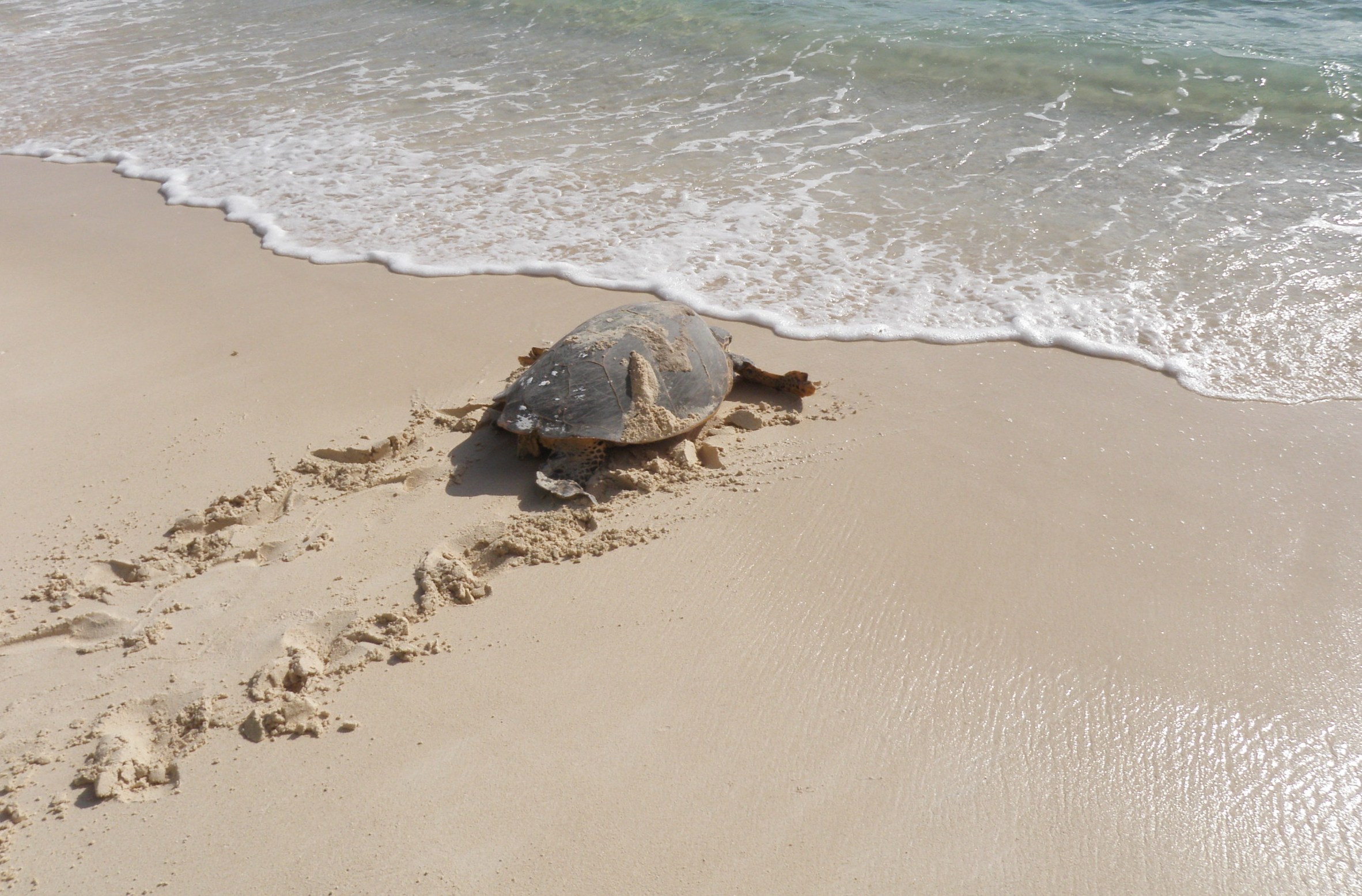
Seychelles is a comparatively young nation which can trace its first settlement back to 1770 when the islands were first settled by the French, leading a small party of whites, Indians and Africans. Under the British, Seychelles achieved a population of some 7,000 by the year 1825.
Important estates were established during this time producing coconut, food crops, cotton and sugar cane and Seychelles also saw the establishment of Victoria as her capital, the exile of numerous and colourful troublemakers from the Empire, the devastation caused by the famous Avalanche of 1862 and the economic repercussions of the abolition of slavery. Seychelles achieved independence from Britain in 1976 and became a republic within the commonwealth.
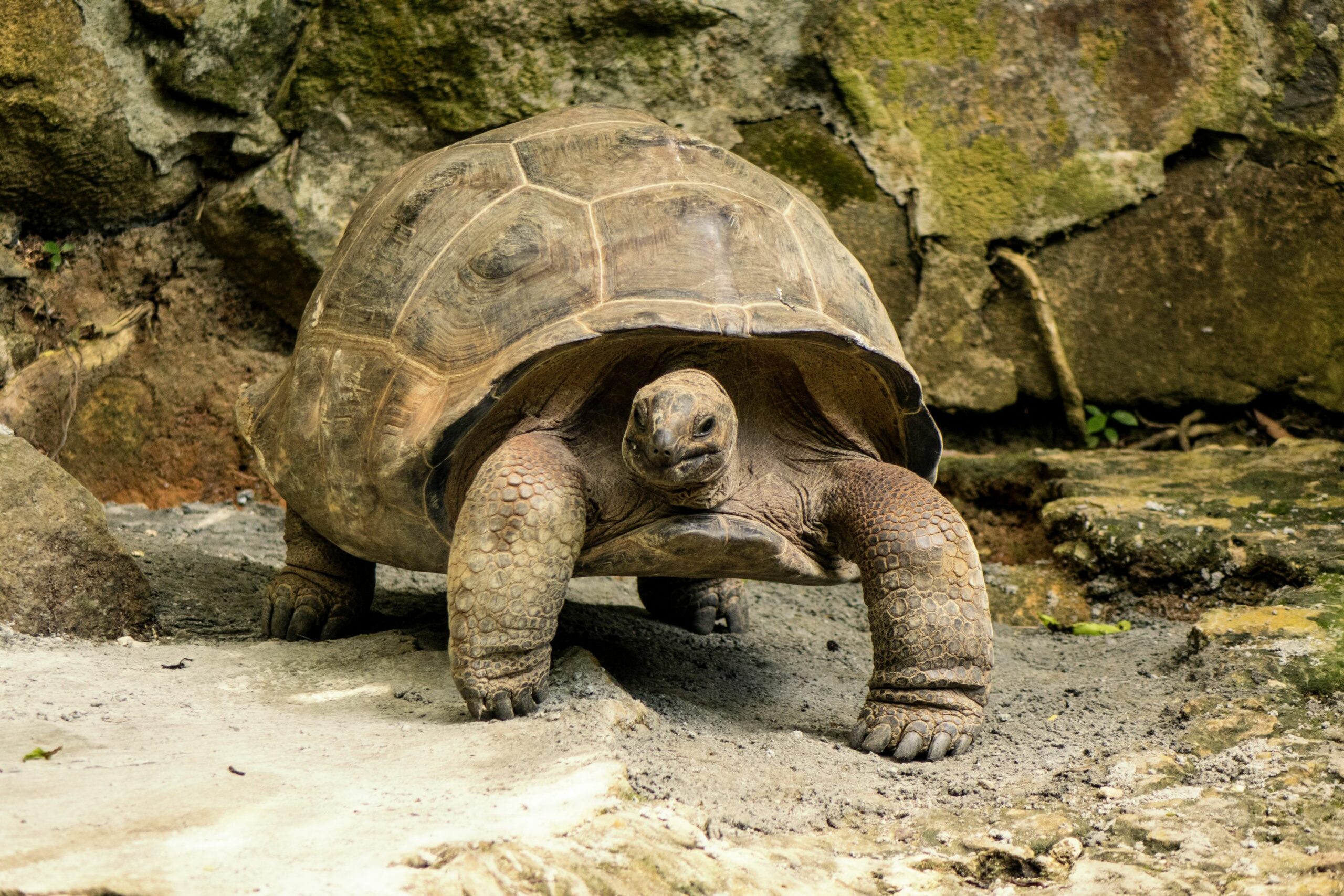
The cosmopolitan Seychellois are a colourful blend of peoples of different races, cultures and religions. At different times in its history, people of African, European and Asian origin have come to Seychelles bringing with them their distinct traditions, cuisine, music, dance and customs and contributing to the way of life and to the vibrant Seychellois culture.
The architectural design of some of the grand old houses with their steep roofs are a style adapted for comfortable living in the tropics that displays influences from Seychelles’ French and British colonial heritage. Modern architecture attempts to assimilate traditional styles with practical features designed to capture the island breezes.
Local artists continue to exhibit diverse styles that echo the multi-ethnic backdrop of the islands – Creole music and dance have their roots in African, Malagasy and European cultures with rhythms traditionally accompanied by simple drums and string instruments which include such recent imports as the violin and guitar.

Seychelles is a living museum of natural history and a sanctuary for some of the rarest species of flora and fauna on earth. With almost 50% of its limited landmass set aside as national parks and reserves, Seychelles conservation policies have resulted in protection for the environment and the varied ecosystems it supports. Nowhere else on earth will you find unique endemic specimens such as the fabulous Coco-de-mer which is the largest seed in the world, the jellyfish tree with only eight surviving examples, the Seychelles’ paradise flycatcher and Seychelles warbler. From the smallest frog to the heaviest land tortoise and the only flightless bird of the Indian Ocean, Seychelles nurtures an amazing array of endemic species within surrounds of exceptional natural beauty.
Seychelles is also home to two UNESCO World Heritage Sites: Aldabra the world’s largest raised coral atoll and Praslin’s Vallée de Mai once believed to be the original site of the Garden of Eden.
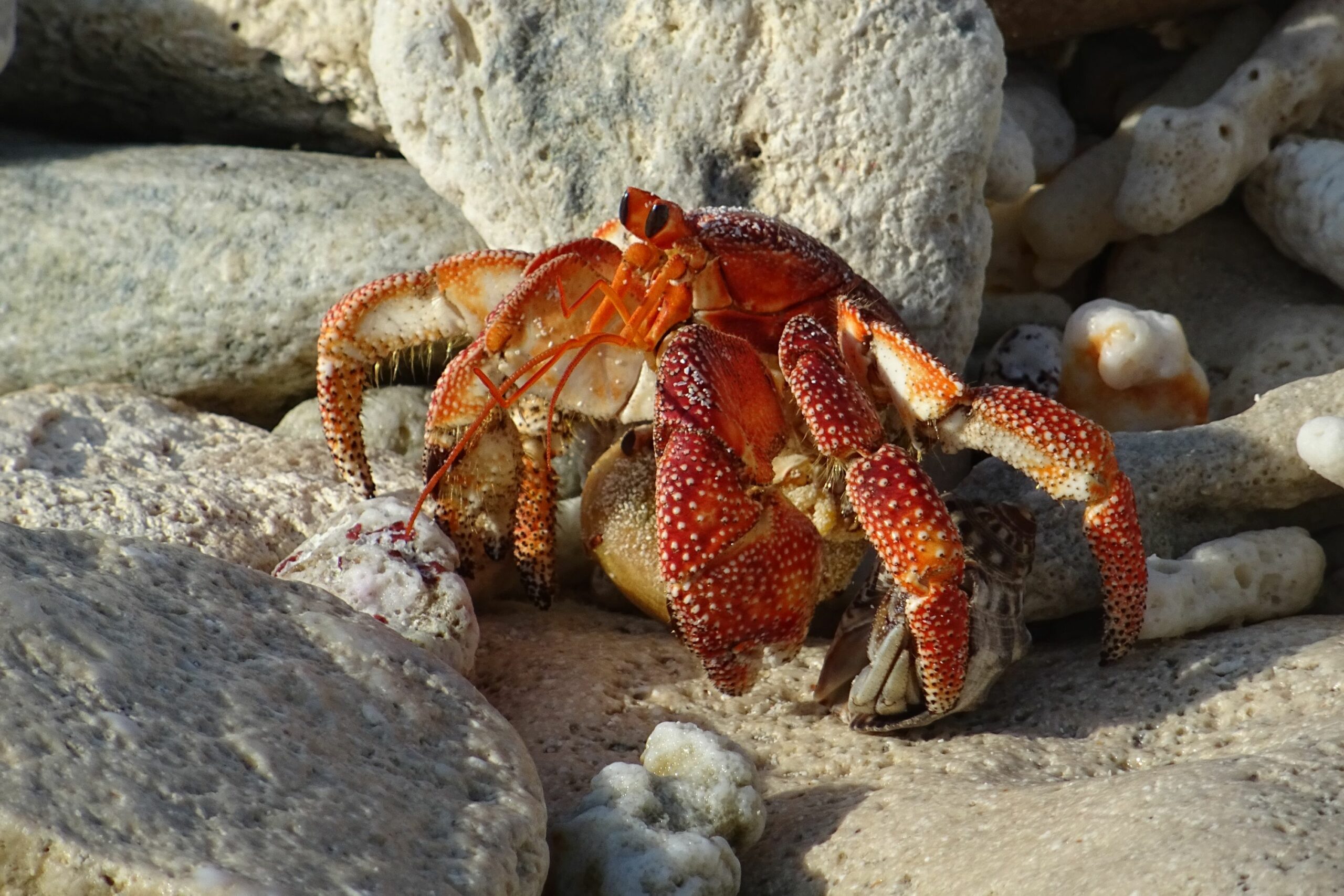
The Best time to Visit – Seychelles islands have a year-round warm, tropical climate and it’s always a good time to visit although different times of year may be better suited to your particular interests.
Two opposing trade winds generally govern the weather pattern: the north-westerly trades blow from October to March when wind speeds average from 8 to 12 knots; and the brisker south-easterly trades blow from May to September with winds of between 10 to 20 knots, bringing the cooler and windier conditions ideal for sailing.
The periods of calm between the trades produce fairly warm and wind-free conditions throughout April and also in October. Conditions for swimming, snorkelling and especially diving are superb during April/May and October/November when the water temperature sometimes reaches 29ºC and visibility is often 30 metres plus.
Sailing, snorkelling and surfing and windsurfing can be enjoyed year round whilst the best months to visit for birdwatching are April (breeding season), May – September (nesting of sooty terns) and October (migration). Diving is best from March – May and from September – November, and fishing is best from October – April. May and September are lovely months for hiking and walking.
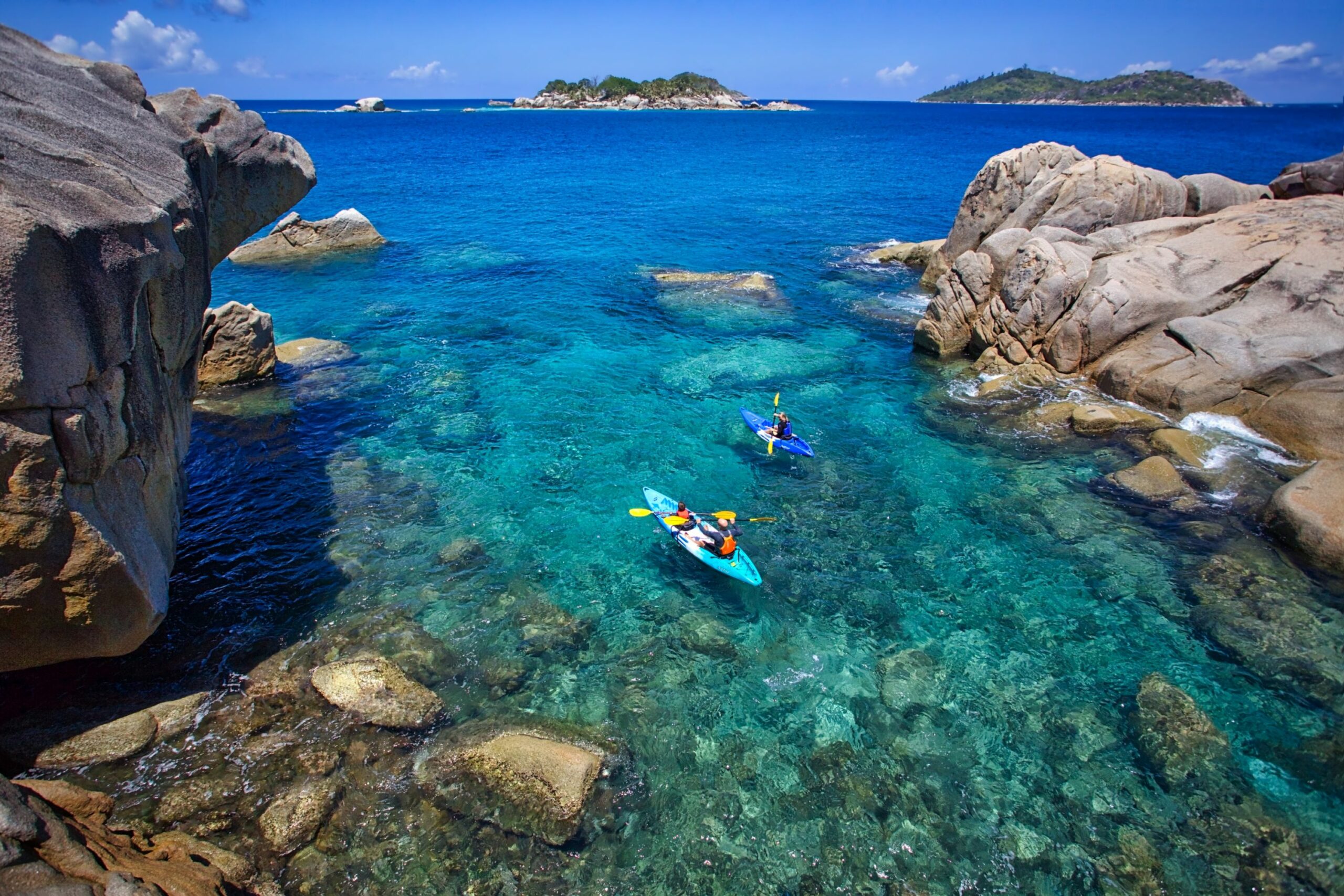
We invite you to discover the Seychelles which can be visited all by itself on a multi-island-hopping experience, or you can easily add a few nights to your African safari with flights direct from both Johannesburg and Kenya. We offer every hotel and lodge in the Seychelles – take advantage of our special offers and free nights!
Call us on 01984 667420 or email sue@trackssafaris.co.uk to start planning your Seychelles experience!
